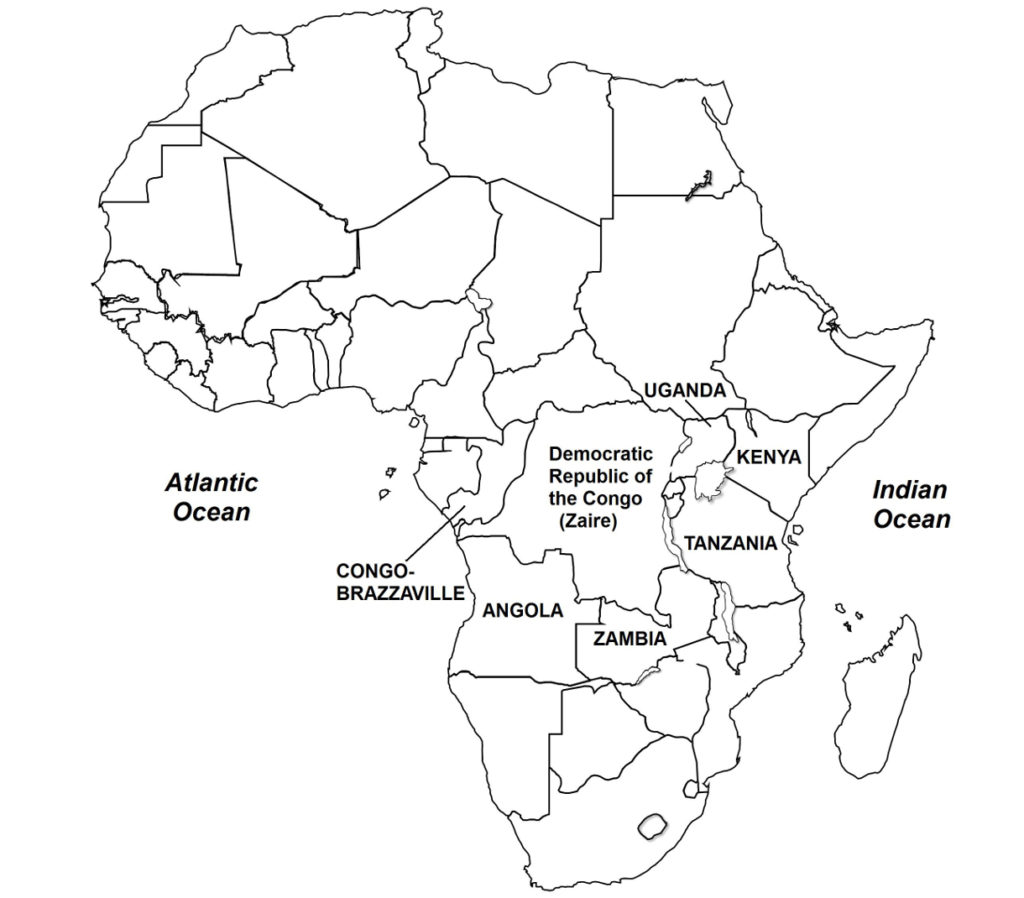On May 16, 1997, President Mobutu Sese Seko fled Zaire (present-day Democratic Republic of the Congo) in the wake of the First Congo War (October 1996 – May 1997). The war was triggered when in November 1996, Mobutu ordered that Zairian ethnic Tutsis (called Banyamulenge) must leave the country or face death. The Tutsis broke out in rebellion and were soon supported by Rwanda and Uganda (and later Burundi). This alliance was quickly joined by Laurent-Désiré Kabila, the insurgent leader who had for three decades been conducting a low-level rebellion against the Zairian government. Mobutu’s regime was notorious for massive corruption, nepotism, and utter disregard for the socio-economic conditions of the country, and Mobutu himself had amassed a huge personal wealth amounting to billions of dollars stolen from the public coffers.

Kabila joined his forces with the Banyamulenge militia; together, they united with other anti-Mobutu rebel groups in the Kivu, with the collective aim of overthrowing the Zairian dictator. Kabila soon became the leader of this rebel coalition. In December 1996, with the support of Rwanda and Uganda, Kabila’s rebel coalition wrested control of the border areas of the Kivu. There, Kabila formed a quasi-government that was allied to Rwanda and Uganda.
When the fighting ended, some areas of Zaire’s eastern provinces had virtually seceded, as the Zairian government was incapable of mounting a strong military campaign into such a remote region. In fact, because of the decrepit condition of the Zairian Armed Forces, President Mobutu held only nominal control over the country.
More critically, President Mobutu had become the enemy of Rwanda and Angola, as he provided support for the rebel groups fighting the governments in those countries. Other African countries that also opposed Mobutu were Eritrea, Ethiopia, Zambia, and Zimbabwe.

In December 1996, Angola entered the war on the side of the rebels after signing a secret agreement with Rwanda and Uganda. The Angolan government then sent thousands of ethnic Congolese soldiers called “Katangese Gendarmes” to the Kivu Provinces. These Congolese soldiers were the descendants of the original Katangese Gendarmes who had fled to Angola in the early 1960s after the failed secession of the Katanga Province from the Congo.
Backed by units of the Rwandan and Ugandan Armed Forces, Kabila’s coalition force advanced steadily across central Zaire for the capital, Kinshasa. Kabila met only light resistance, as the Zairian Army collapsed, with desertions and defections widespread in its ranks. Crowds of people in the towns and villages welcomed Kabila and the foreign armies as liberators.
Many attempts were made by foreign mediators (United Nations, United States, and South Africa) to broker a peace settlement, the last occurring on May 16, 1977 when Kabila’s forces had reached the vicinity of Kinshasa. The Zairian government collapsed, with President Mobutu fleeing the country. Kabila entered Kinshasa and formed a new government, and named himself president. The First Congo War was over; the second phase of the conflict broke out just 15 months later.
(Click here more information on the First Congo War.)
